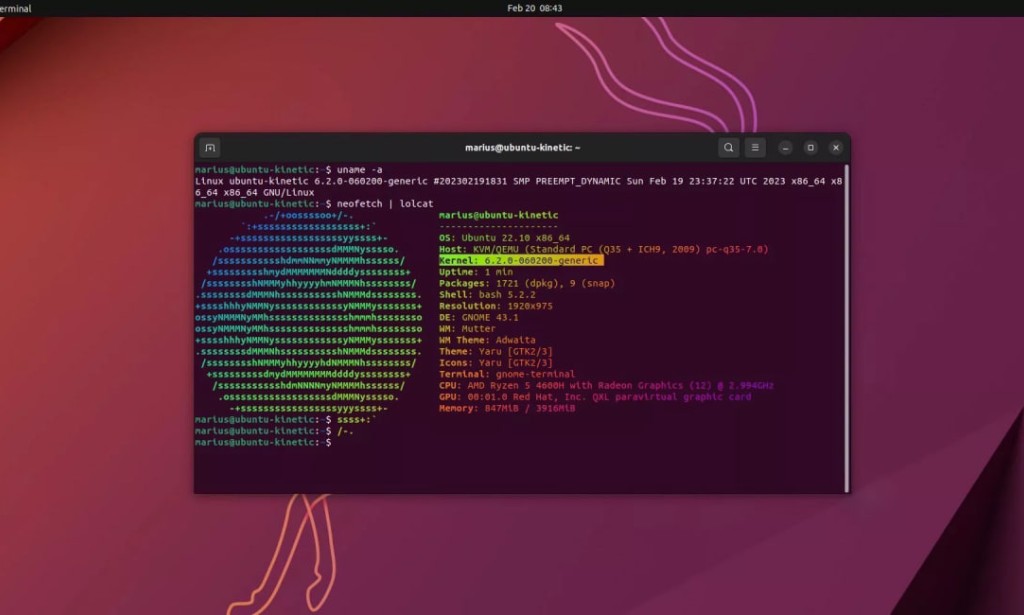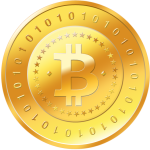The next version of the Linux operating system, version 6.2, has been released. This version includes many improvements and new features. The main changes include improved hardware support, performance optimizations, security enhancements and new features for developers.
Linux 6.2.

In particular, support for new processors has been added and there is improved support for Intel Arc graphics cards and the NVIDIA RTX 30 graphics card, allowing for smoother operation and better performance. The most significant improvement is support for Apple Silicon processors, which makes it possible to use Linux on Apple's MacBook and Mac mini devices. In addition, changes have been made to the operating system kernel that allow it to make better use of processor and memory resources, which speeds up task performance.
New security tools have been added to Linux 6.2, such as improved access control and smart card support. Finally, developers received new features and improvements that make it easier to develop applications for Linux.
Overall, Linux 6.2 is an important step in the evolution of the Linux operating system, providing better performance, security and usability for users and developers. The new version will be supported at least until the end of 2026.
Linux is a common name for UNIX-like operating systems based on the kernel of the same name. It is one of the most prominent examples of free and open source software development. Unlike proprietary operating systems (such as Microsoft Windows and macOS), their source codes are available to everyone for use, modification and distribution absolutely free of charge (including free of charge).
Linux, originally developed for use by individual enthusiasts on their personal computers, later, thanks to the support of such companies as IBM, Sun Microsystems, HP, Novell and others, gained great popularity as a server operating system (for example, 8 out of 10 largest web hosting companies use Linux on their web servers).
Linux has been ported to a large number of hardware platforms. Nowadays, this OS is used quite successfully both on mainframes and supercomputers, and is embedded in many other devices (smartphones, tablet PCs, computer network routers (routers), automation devices, TV and game console control systems, etc.) Since the mid-1990s, Linux has been increasingly installed on desktop computers. Thus, as of March 2015, its share was 1.21% of the global market of operating systems on personal computers (excluding servers and specialized devices
A significant number of specialized Linux distributions developed and supported by various communities provide a wide range of software choices.
Market share
According to IDC's market research in 2004, 25% of servers and 2.8% of personal computers run Linux. Analysts attribute this success to its security, reliability, and low cost, combined with the freedom to modify the system's source code. The main factors hindering the further development of Linux are the lack of support for this OS by developers of some hardware and a large amount of software created for Microsoft Windows, to which a large number of users are accustomed (mainly games and proprietary software).
In 2008, Steve Ballmer of Microsoft estimated the share of GNU/Linux among server systems in the world at 60%
The Linux market is growing rapidly for both servers and personal computers, and, according to some estimates, will reach almost $7.7 billion in 2012.
Since November 2017, Linux as an operating system has completely dominated supercomputers. Out of the 500 most powerful, 100% use this OS. As of November 2019, the statistics have not changed. The first Linux-based supercomputer appeared back in 1998.



You must be logged in to post a comment.